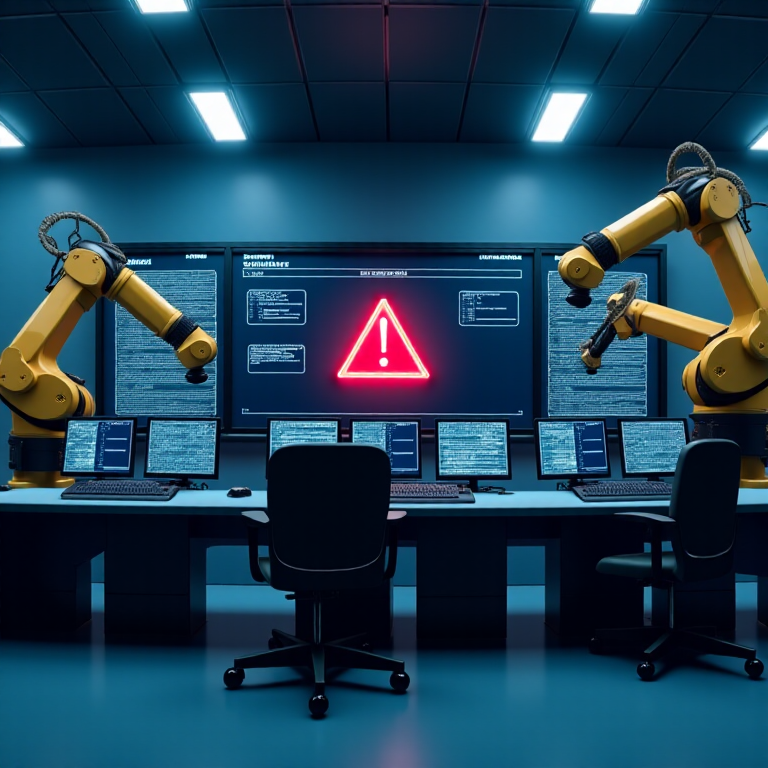Why Default Passwords Still Threaten Manufacturing Security in 2025
Why Default Passwords Still Threaten Manufacturing Security in 2025
Manufacturers now use smart machines and connected devices across factory floors, making manufacturing security more crucial than ever. Despite this progress, one major threat still lingers — default passwords.
Many industrial devices arrive with pre-set login details like “admin/admin” or “user/1234.” These are meant to be changed during setup. However, a lot of companies leave them unchanged, which opens the door to attackers.
How Default Passwords Put Systems at Risk
Hackers often don’t need advanced tools. They simply scan for open systems that use default credentials — many of which are listed online.
Once inside the network, they can:
- Shut down production lines
- Steal sensitive company data
- Install ransomware
- Damage or control factory equipment
Clearly, something as basic as a password can cause real harm when ignored.
Why It Still Happens in 2025
You might wonder why this issue hasn’t been solved. Here’s why it continues:
- Teams rush deployments and skip proper setup
- IT and OT departments rarely coordinate well
- Many companies lack strong security policies
- Some forget older devices are still connected
Even as cybersecurity tools evolve, habits remain hard to change.
Recent Reports Highlight the Problem
A 2025 audit of manufacturing systems revealed that over 60% of industrial networks had at least one device using a default password. This single oversight can create a major opening for intruders.
What Manufacturers Should Do Today
You don’t need an expensive overhaul to fix this issue. Start with these steps:
- Change default usernames and passwords immediately
- Create strong and unique credentials for each device
- Enable two-factor authentication whenever possible
- Isolate sensitive systems on separate networks
- Conduct regular password audits
- Train all staff on cybersecurity basics
By staying consistent, manufacturers can build strong layers of protection.
Final Thoughts
Strong manufacturing security begins with small actions. Even the most advanced systems can fall if no one updates the default password.
So, take time to review your equipment, check for weak credentials, and build safer habits across your team. That way, you can avoid becoming another easy target in today’s digital age.




Comments are closed